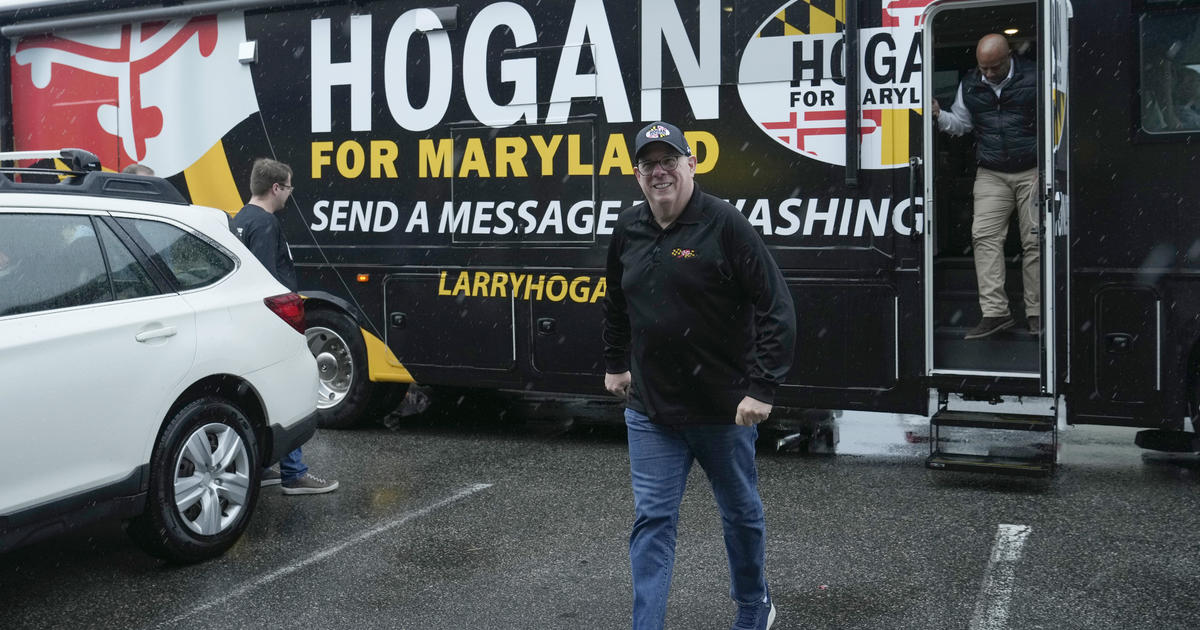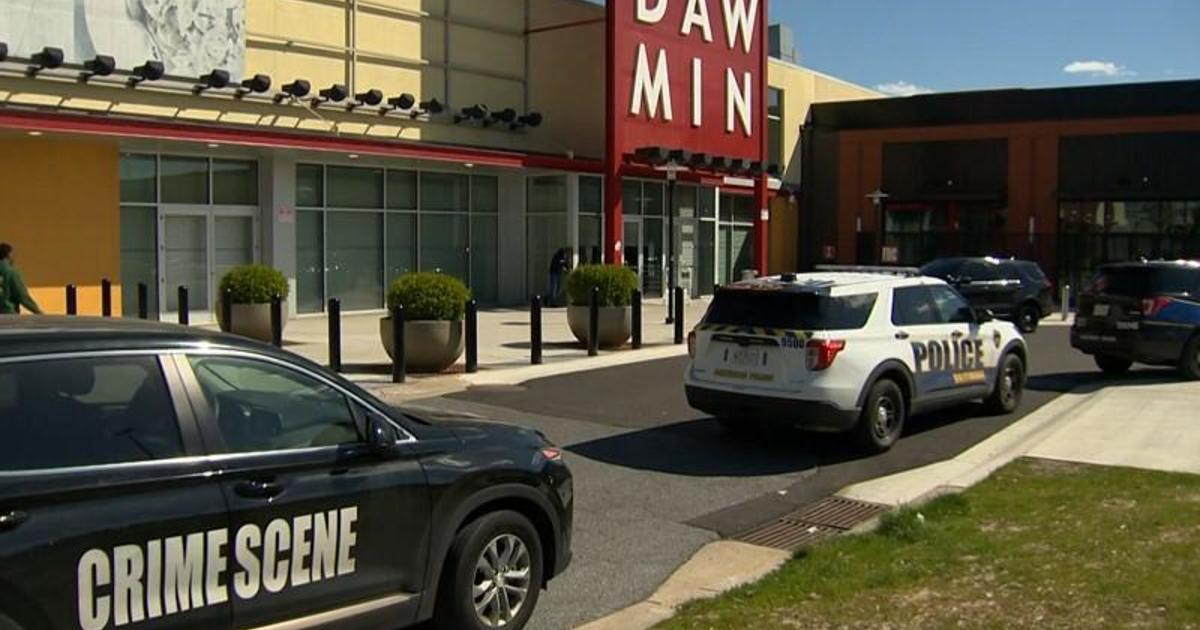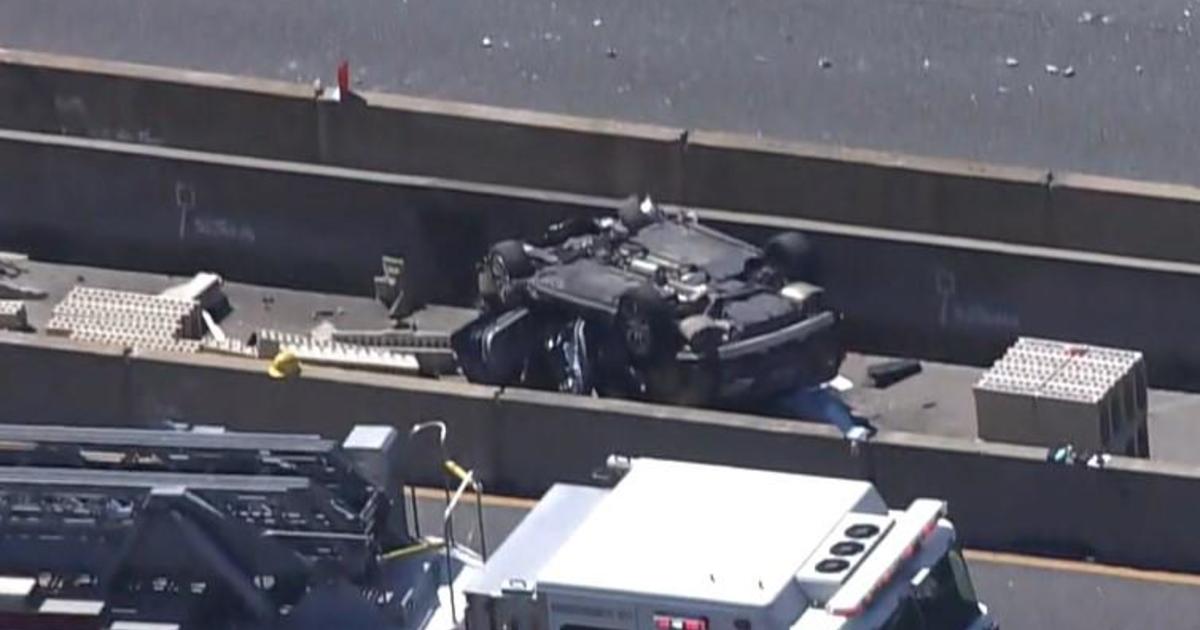Sandy Likely Biggest U.S. Relief Effort Since 2005
WASHINGTON (AP) -- Widespread destruction from Superstorm Sandy will likely make this the largest U.S. relief effort for the American Red Cross, Salvation Army and other groups since Hurricane Katrina's devastation in 2005.
By Friday, the Red Cross had raised $117 million in donations and pledges for relief work across 10 states, the District of Columbia and Puerto Rico. The Salvation Army had raised $5 million online and by phone.
Red Cross Senior Vice President Roger Lowe said it would likely be the charity's largest U.S. effort since Katrina, outpacing Hurricanes Ike and Gustav and wildfires in California. Salvation Army Major Darryl Leedom said the population density of the Northeast may require a response that surpasses Katrina in the number of people served and resources required.
The initial Red Cross response was paid for out of an annual disaster giving program, and fundraising will replenish those funds to sustain the effort.
"Like every disaster, we want to get as much as we can to as many people as fast as we can," Lowe said. "That's what we've been doing."
Officials aren't yet sure how many people have been left homeless. So far, more than 317,000 people have registered with the Federal Emergency Management Agency for financial help. There were still 470,000 power outages in New York and New Jersey early Friday, some 11 days after the storm made landfall.
The Red Cross said it has deployed nearly every emergency response vehicle in its fleet with 5,800 workers and volunteers. It has served more than 3.2 million meals and snacks and provided more than 110,000 shelter stays along with other charities and government agencies.
As the largest private relief organization, the Red Cross saw a boost in fundraising from telethons on NBC and ABC. They raised a combined $40 million since the storm.
Still, figures show overall fundraising among U.S. charities has been slower than for Japan's 2011 earthquake and Haiti's 2010 quake, based on figures from nonprofit service provider Blackbaud and the Chronicle of Philanthropy.
Lowe said those were different disasters with different challenges and circumstances. He said the Red Cross wasn't seeing any evidence of donor fatigue or sluggishness.
"There's not a link between the pace of fundraising and the pace of recovery," he said.
Officials at the Salvation Army, however, said donations have fallen far short of needs on the ground and that the public may not grasp the extent of damage.
"For the demand for service and the level of service that still is going to be provided, (donations) don't come anywhere near close to what we will actually spend," said Major George Hood of the Salvation Army. It was too soon to provide a spending projection for the overall cost, he said.
The charity will be challenged as it shifts into its holiday fundraising season with its nationwide red kettle campaign. Funds raised during the holiday campaign are kept locally for social services work unless donors specify otherwise. Last year the campaign raised $147 million.
Major Evan Hickman, who is leading the Salvation Army's New York-area relief effort, said his region will need a sustained fundraising effort to respond to Sandy. This week it was serving more than 500,000 meals a day with partner charities and distributing thousands of relief supplies.
People who haven't lived through a hurricane or seen the destruction up close may not realize the full impact, he said.
"It's going to be a long, long term of recovery," Hickman said. "It's time for people just to really dig deep and maybe make a Christmas gift come a little bit early and pick up their cell phone and text us or send us a check. Now is the time to do that."
------
(Copyright 2012 by The Associated Press. All Rights Reserved.)



